Fast, efficient, and not adverse to taking some hits: modern cross-country bikes are proving time after time that they are more than up to the demands of increasingly challenging World Cup races. But once the race is over, which ones are equally as fun to take home, and what’s worth considering? We’ve got the answers.


Your heart’s thumping, your legs are burning, and there’s the metallic taste of blood in your mouth. But this isn’t the final lap of a cross-country race; far from it, you’re just out for a sixty-minute ride after work. It’s your time to switch off, focus on nothing but the trail in front of you, and tear yourself insideout for one full hour until you can gently roll onto your driveway with a mad-ass grin. Right from the first pedal stroke, short-travel XC bikes should essentially deliver a condensed version of that riding experience we’re all after, but with equal fun – or at least, that’s what we’re expecting.
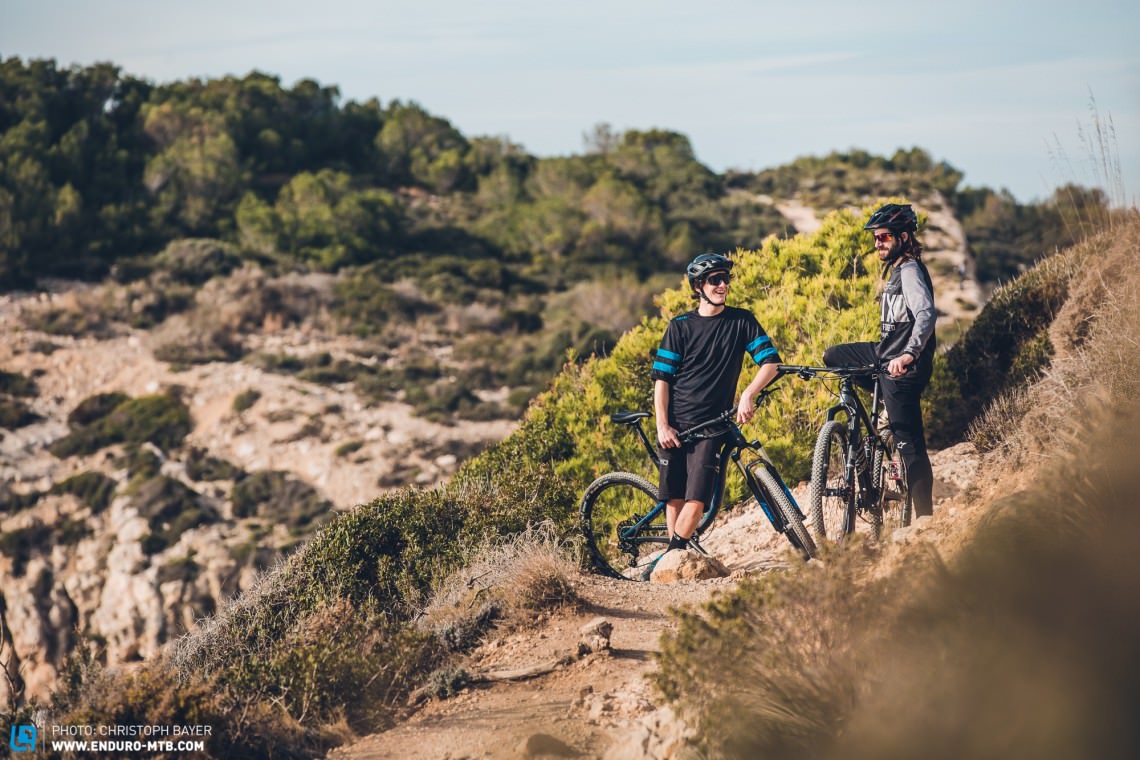
There’s only one Nino Schurter!
For years, the development of XC bikes has largely revolved around two elements: weight and rigidity. And thanks to the media’s somewhat singletrack-minded focus on pure figures, the industry and consumers have been led awry. As a consequence, the needs of the bulk of real customers have been overlooked during the design and construction of said bikes. Just think, how many riders actually line up week-in, week-out at races with their XC bike? How many are just riding local loops and clocking up kilometres on their home trails? According to Specialized, 95% of those buying their Epic bikes do the latter! Sounds about right to us.
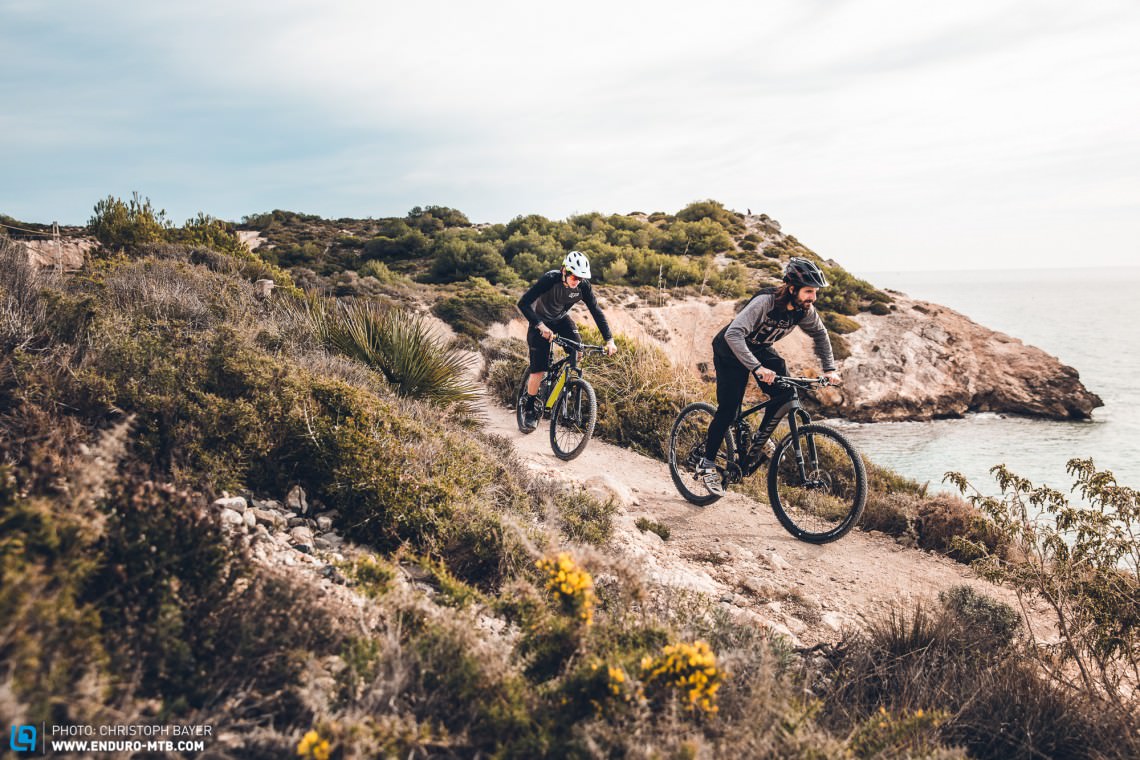
Cycling is one of those rare sporting arenas where amateurs use exactly the same kit as the pros. Seriously, you’d almost never catch a regular skier willingly opting to use a pro’s stiff and heavy competition skis. Aren’t the elements of handling and fun worth prioritizing? So why would us recreational riders deliberately seek out the same material as Nino Schurter, Manuel Fumic, and company? “To be faster,” is probably the most common answer – particularly in Europe. A lightweight race-oriented bike works as a booster to fitness. Weight is key when you’re deliberating over your purchase, and geometry tends to move to the sidelines. (Unlike buying an enduro bike!)

Will ‘long and slack’ soon apply to XC?
Enduro bikes have seen immense changes to their geometry over the past few years, with frames getting longer and longer, rear ends more and more compact, and head angles even slacker as the years go on. Now as the same trends in geometry are turning to trail bikes, it seems that XC bikes have still to catch up and adopt this modern geometry approach. However, this group test and our interview with six industry experts reveal that the wheels of geometry evolution should perhaps get rolling if they aren’t already, as the advantages of modern geometry (such as found on the Pivot Mach 4 Carbon) seriously shine on the trails, no matter what gets thrown at it. Modern geometry maintains control through rock gardens, stays smooth over the jumps, and is snappier around the corners. Disadvantages? Not a chance. Not even on the climbs.
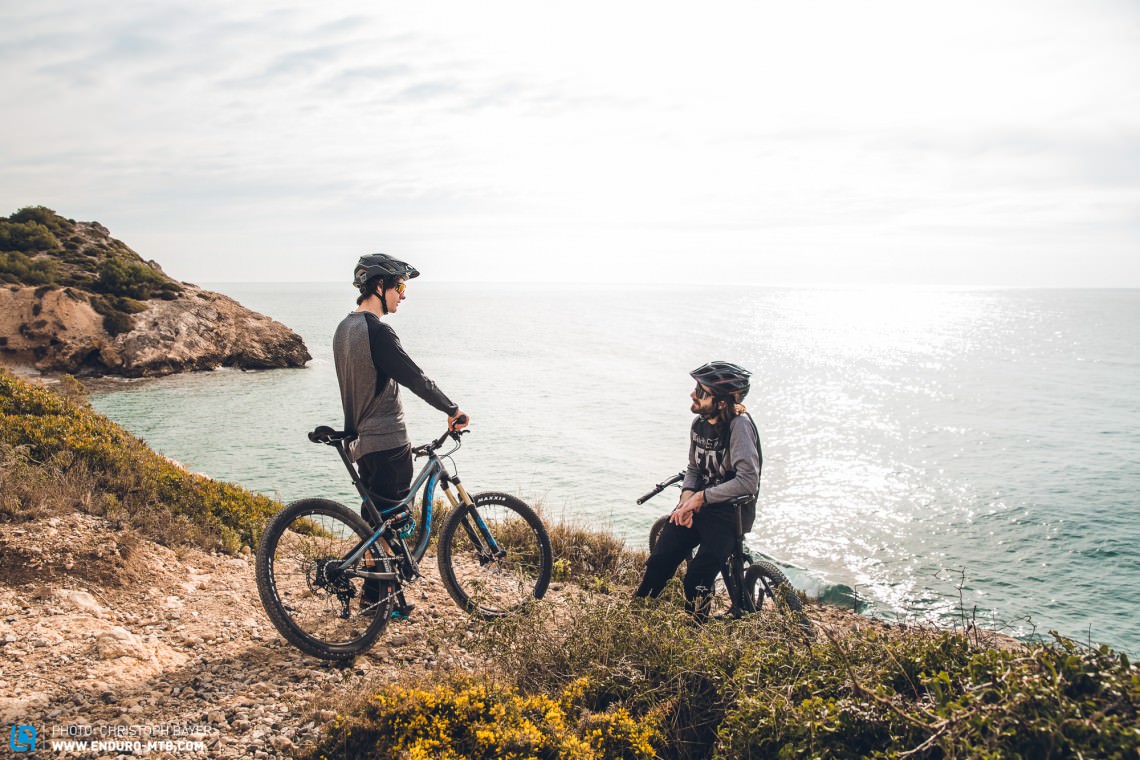
Performance over weight
Weight plays a key role when it comes to an XC bike, with reduced grams bringing improved acceleration, handling, and efficiency… to a certain point. After all, build it too light and it becomes a chattering wreck, so it’s vital to find the balance. For this group test we gave bike companies the liberty to change parts on their bikes, but only to the same extent that a dealer would tune a bike to suit the customer. This includes the seatpost, tyres, and cockpit. The team from SCOTT took a ‘genius’ approach here by removing the front derailleur and shifter, switching from 2×11 to 1×11. Cheap and effective, this sort of an upgrade (or downgrade, however you see it) is definitely suited for those looking to have the ultimate lightweight bike for racing. But a few extra grams on training rides isn’t all that bad, and some extra gears can make it a lot more fun.

All Bikes from the Test
| Bike | Travel | Weight | Price |
|---|---|---|---|
| CANYON LUX CF RACE 9.9 RACE | 100/100 mm | 10.76 kg | € 4,499 |
| GIANT ANTHEM SX ADVANCED | 120/100 mm | 12.01 kg | € 4,599 |
| PIVOT MACH 4 CARBON | 120/115 mm | 11.62 kg | € 4,999 |
| ROSE THRILL HILL 3 | 100/115 mm | 11.04 kg | € 4,799 |
| ROTWILD R.R2 FS EVO | 120/115 mm | 11.50 kg | € 5.999 |
| SCOTT SPARK 710 | 120/120 mm | 11.76 kg | € 4.499 |
| SPECIALIZED EPIC ELITE CARBON 29 World Cup | 100/95 mm | 11.20 kg | € 4,999 |
| TREK TOP FUEL 9.8 SL | 100/100 mm | 11.14 kg | € 4,999 |
Tops:

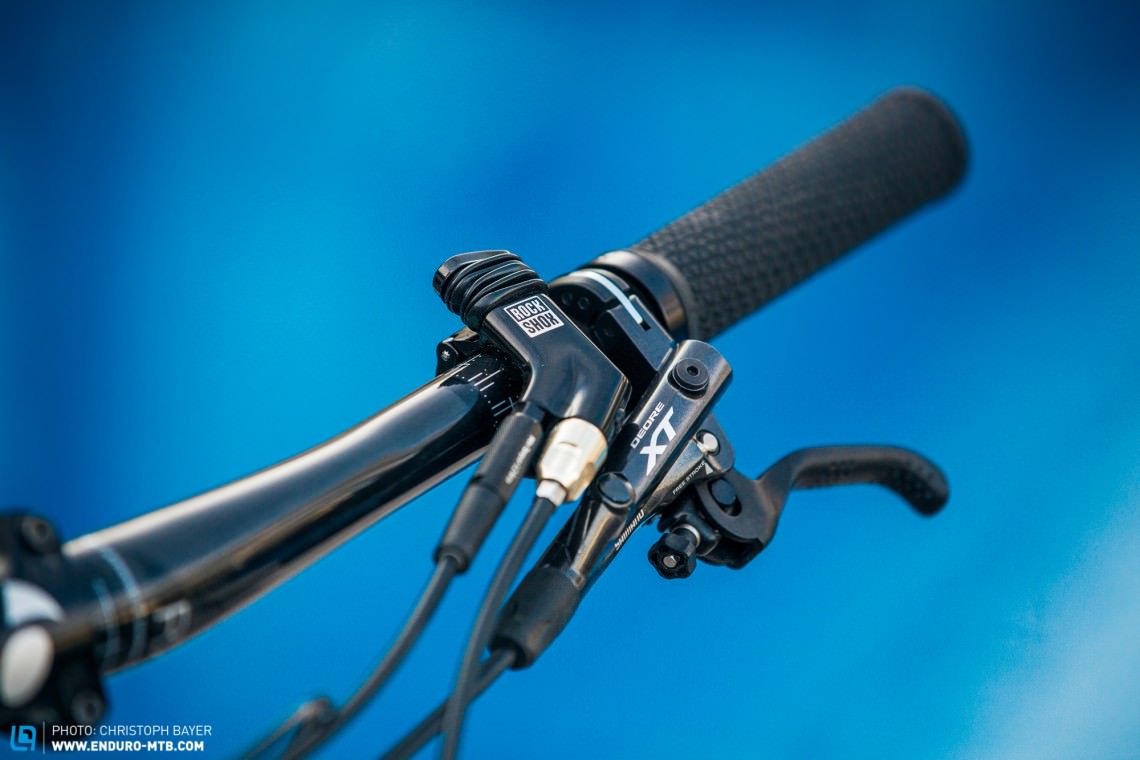


Flops:
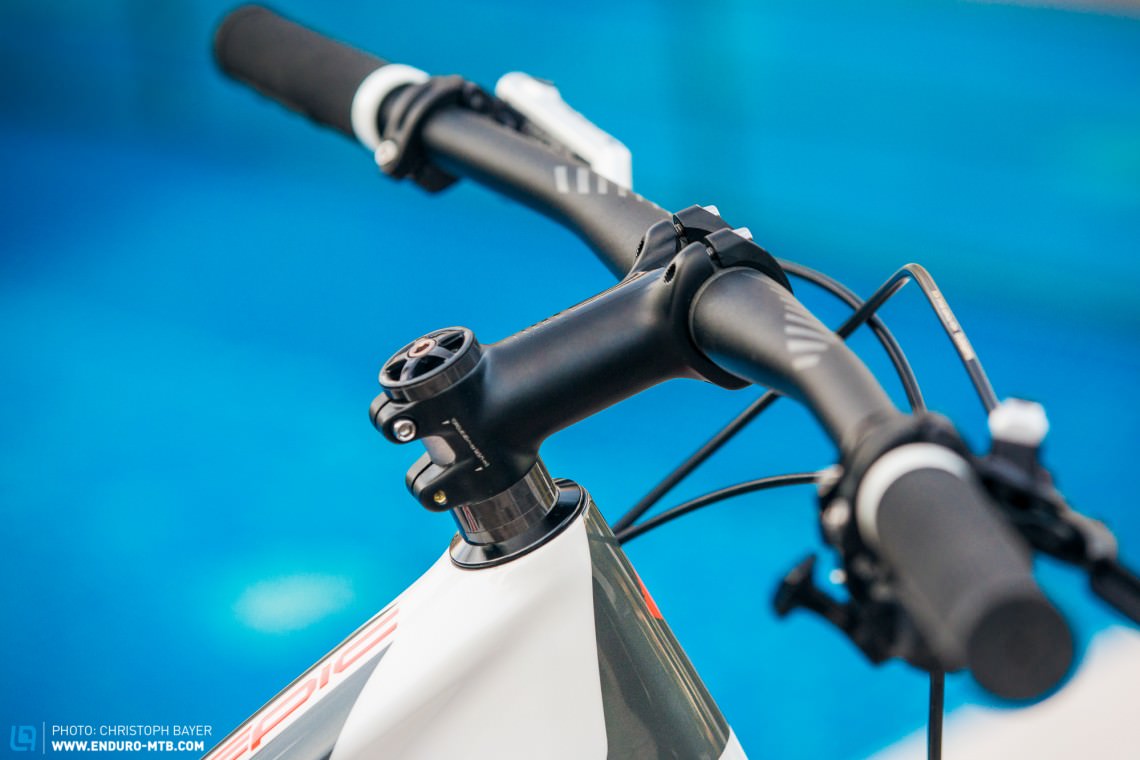
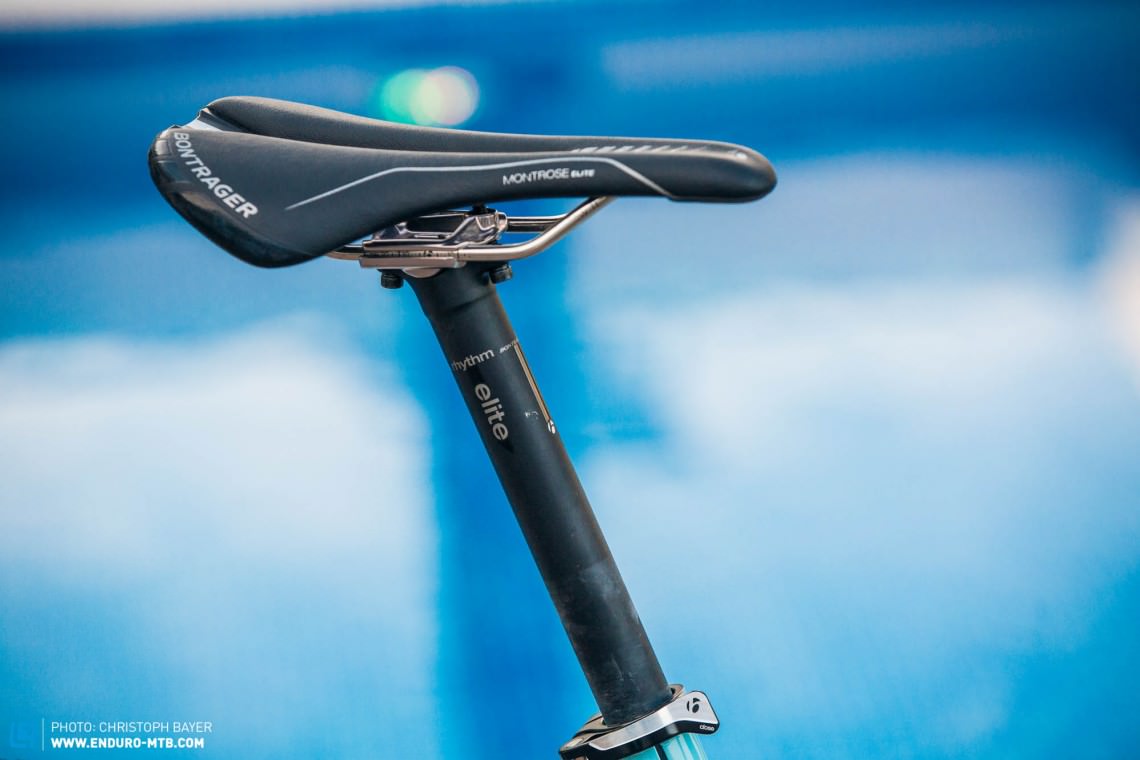
Even on an XC bike, a dropper post should belong on the mandatory spec list. Some bikes unfortunately lacked a dropper post, although most of the frames have the capability to take internally-routed cabling.

Conclusion
The test fleet was made up of eight remarkably similar bikes – or at least they were on paper. Not just all defined for the same riding purpose, they’ve also all got similar travel (from 100 – 120 mm) and similar price tags (aside from the ROTWILD, which asks for an extra 1,000 €). Even the weights are fairly equal, with just a 10% difference dividing the lightest (Canyon Lux CF: 10.76 kg) and the heaviest (Giant Anthem SX Advanced: 12.01 kg). Yet their riding styles reveal some massive differences – particularly when it comes to descending. Let’s break it down. Two of the test fleet knew exactly how to take a downhill: the Giant Anthem SX Advanced and the Pivot Mach 4 Carbon; then came the ROSE THRILL HILL and the Canyon Lux CF, which both asked for a more aggressive riding style in order to hold their line choice. The Trek Top Fuel 9.8 is pure eye candy, and just as much of a rocket on the descents as the Specialized Epic. For long rides, the ROTWILD R.R2 stands out as the comfiest best on test, giving a real sense of stability from the first pedal stroke. The one to buy has to be the agile Giant Anthem SX Advanced. For 4,599 €, it offers an insanely well thought-out spec (including carbon wheels) and promises masses of fun on the descents. The test victory goes straight to the Pivot Mach 4 Carbon, whose outstanding handling package and superior production quality are more than deserving of the accolade.

About this Group Test:
Just outside the sprawl of Barcelona, we took out the test fleet onto the varied trails, confronting them with everything from frighteningly steep climbs to challenging descents. All of this occurred with the backdrop and climate of the Mediterranean Sea – and despite it being February, the conditions couldn’t have been better. The test team consisted of four riders, each with their own nuances when it comes to mountain biking, but all with years of experience when it comes to testing bikes. We also scouted a route of 5km that covered 150 metres of elevation; the bikes were tested here in a direct comparison, beginning with a short warm-up section that led into a tarmacked climb with a max gradient of 25 % before a technical single track climb. After a technical downhill section, there was a short transfer sprint climb before the trail threaded its way back to the start via a partly rocky and partly sandy trail that was infested with roots. The final metres followed a wide fire road with a gentle incline.
All bikes in this group test: Canyon Lux CF 9.9 Race | Giant Anthem SX Advanced | Pivot Mach 4 Carbon | ROSE THRILL HILL 3 27,5″ 2016 | ROTWILD R.R2 FS 29 Evo | SCOTT Spark 710 | Specialized Epic Elite Carbon 29 World Cup | Trek Top Fuel 9.8 SL
Words: Christoph Bayer Words: Christoph Bayer/Klaus Kneist
Did you enjoy this article? If so, we would be stoked if you decide to support us with a monthly contribution. By becoming a supporter of ENDURO, you will help secure a sustainable future for high-quality mountain bike journalism. Click here to learn more.









